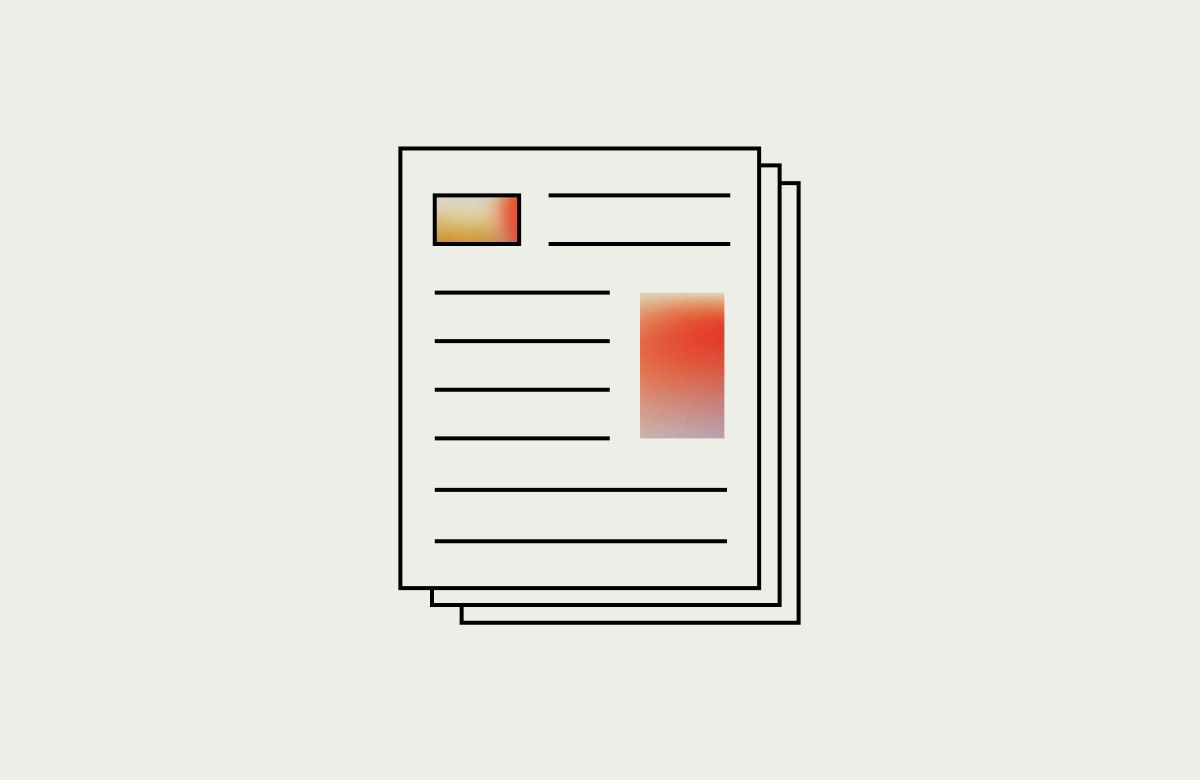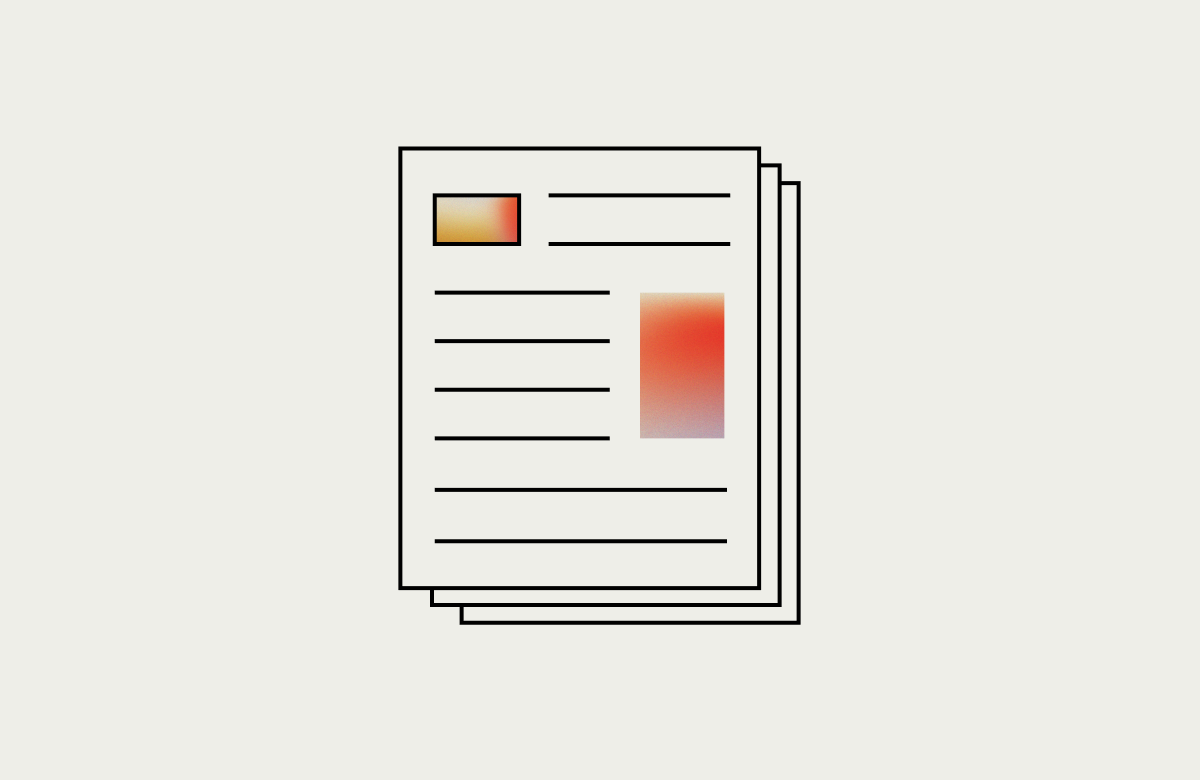The typical American is born into technology. Smartphones are ubiquitous even in elementary school. As the connected generation matures, the idea that we need professionals to tell us how an application should work may seem like an unnecessary expense. However, there is an incredible gap between what an application should do and how it should do it.
Every custom application creates its own user experience. How you design that application will determine how effective it will be at moving your business forward.
Development milestones during application delivery often fall short because the solution does not improve the end users life. In these situations, software mistakenly serves the interests and quirks of a product owner or lead developer and not the business itself.
Without foresight and purposeful design, the user experience can be confusing, counterintuitive and time-consuming. Building your app on the latest platform does nothing to ensure that you are achieving your business goals. In fact, some platforms come with built-in design choices and can make your project more difficult from the start. Consider the following:
- Does the layout respect the time and intelligence of the end user?
- Are you simply automating a manual process and missing opportunities for automation?
- Are there too many clicks?
- Is there too little or too much data context on the screen?
- Does the app require too much training?
- How involved are your end users with an initial design?
Building an application is in many ways like creating an office building. You have to think carefully about where the majority of people will spend their time; where they will go throughout the day and how much downtime they will spend moving between activities.
When design fails you typically throw your money away and start over. Consider the following:




In any one of these examples, none of the owners or builders set out to create something that would end up in a design fail highlight reel. But, after the fact, it can be fairly obvious to see where things went wrong. In these cases, it was too late and probably deemed too expensive to redo.
You are building something that people will interact with often, and will have very real experiences using. When an interface is well-designed, the experience reflects it. Tasks are carried out efficiently and easily, items are placed and found intuitively, aesthetics work in conjunction with functionality and everyone benefits.
The question is, how does your application reflect your company? Do you want to be seen by your customers a company that understands their needs and prioritizes their experience?
Good design is actually a fraction of the cost to build a complete application, and yet a growing trend is to design less and experiment more. Design is most certainly not dead. In fact, the best designs dominate the landscape of successful software solutions.


